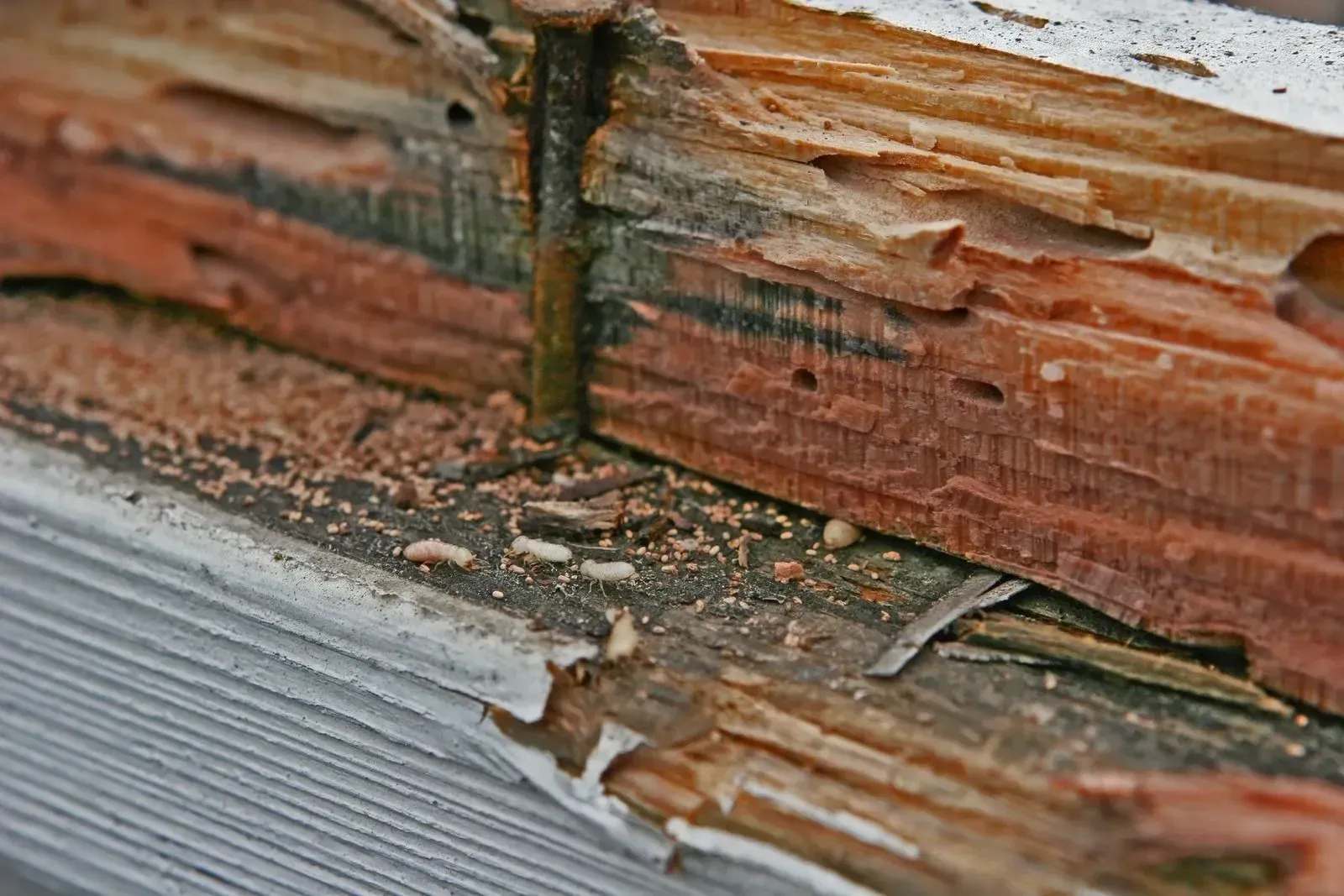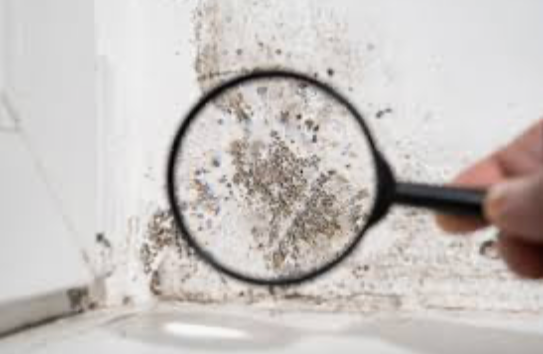Radon Gas Testing: How to Protect Your Home and Family from Silent Threats
Radon gas is a silent and invisible threat that can pose serious health risks to homeowners. As a naturally occurring radioactive gas, radon seeps into homes through cracks in the foundation, walls, and floors. Since it is colorless, odorless, and tasteless, radon often goes undetected until it reaches dangerous levels. Long-term exposure to radon is the second leading cause of lung cancer in the United States, making it crucial for homeowners to conduct regular radon testing. By identifying and mitigating radon gas early, homeowners can protect their families from harmful exposure. This blog explores why
radon testing is essential and how you can safeguard your home from this hidden hazard.
Why Radon Testing Is Essential for Your Home
1. Radon Is a Leading Cause of Lung Cancer
The most serious risk associated with radon exposure is lung cancer. According to the Environmental Protection Agency (EPA), radon is the second leading cause of lung cancer in the U.S., responsible for thousands of deaths annually. The danger increases with prolonged exposure, especially for smokers and individuals with respiratory conditions. Testing for radon allows homeowners to detect high levels before they become a serious health risk, ensuring a safer living environment.
2. Radon Levels Vary in Every Home
Radon gas levels are unpredictable and can vary significantly from one home to another, even in the same neighborhood. Factors such as soil composition, home ventilation, and foundation type all influence radon levels. Since you cannot see or smell radon, the only way to determine its presence is through professional radon testing. Even if a neighbor’s home has low radon levels, your home may still be at risk, making testing an essential part of home maintenance.
3. Radon Can Accumulate in Any Home Type
Many homeowners mistakenly believe that radon only affects older homes or houses with basements. In reality, radon can accumulate in any home, whether new or old, with or without a basement. Homes with slab foundations, crawl spaces, and basements are all susceptible to radon infiltration. Regardless of your home’s structure, conducting a radon test ensures you are not unknowingly exposed to dangerous gas levels.
4. Radon Mitigation Systems Provide Effective Solutions
If a radon test detects high levels of gas in your home, mitigation systems can effectively reduce exposure. Radon mitigation techniques include sub-slab depressurization, which vents radon gas safely away from the home, and improved ventilation strategies. By taking corrective action, homeowners can significantly lower radon levels and create a healthier indoor environment. Regular testing ensures that mitigation efforts remain effective over time.
Radon gas is a silent but serious health risk that can accumulate in any home. Regular testing is the only way to detect its presence and prevent long-term exposure. If radon levels are high, professional mitigation measures can effectively reduce risks. Prioritizing radon testing protects your family and ensures a safe, healthy home environment.
J&J Home Inspections LLC
has been a trusted home inspection service provider in Cartersville, Georgia, for several years. Our experienced team specializes in radon gas testing, helping homeowners identify and mitigate this invisible threat. Protect your family by scheduling a professional radon test with us today and ensure a safer home environment.









